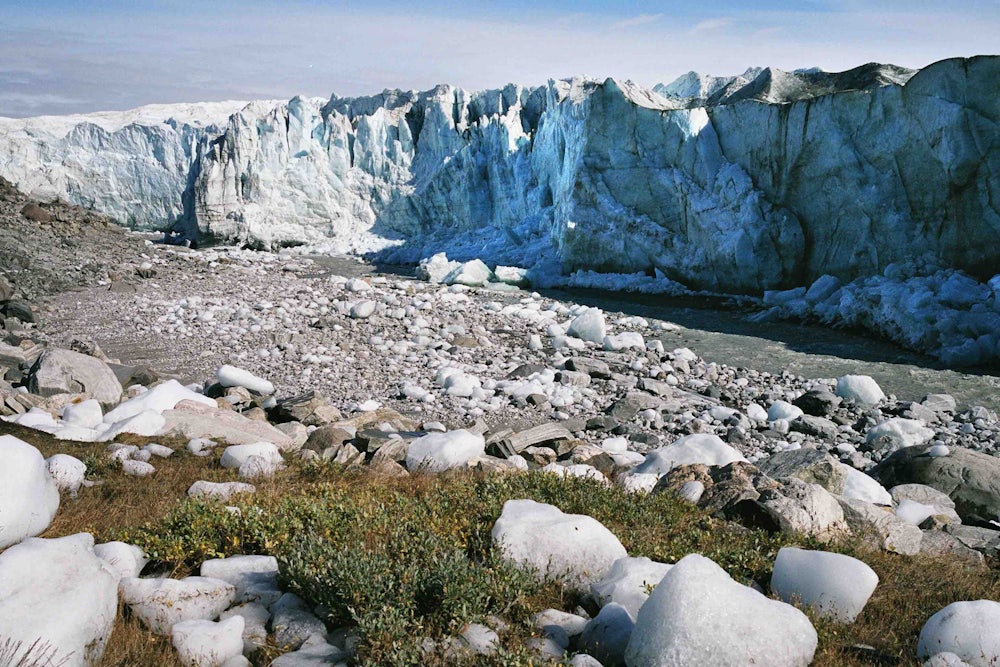The Vikings arrived in Greenland in about 985, where they hunted seals and harvested walrus ivory, but abandoned their settlements by 1460. A popular theory to explain the mysterious fall of Viking Greenland has been that the Vikings moved to Greenland during a period of warmer temperatures—the “Medieval Warm Period”—that made the area more hospitable, and then were forced to leave when temperatures cooled before the period known as the Little Ice Age. But new research shows that when the Vikings first got to Greenland it wasn’t any warmer than usual, meaning their reason for leaving probably wasn’t the cold. This puts a dent in the climate denier argument that the Medieval Warm Period is proof that warming cycles are totally normal and happen all the time; it may have been warmer in Europe during that time, but not across the globe. The last time Greenland was green was at least 400,000 years ago.
Modern-day Vikings take note: today temperatures in Greenland are definitely warming up. Its glaciers are melting and if the ice sheet collapses completely could create seven meters of sea-level rise.
